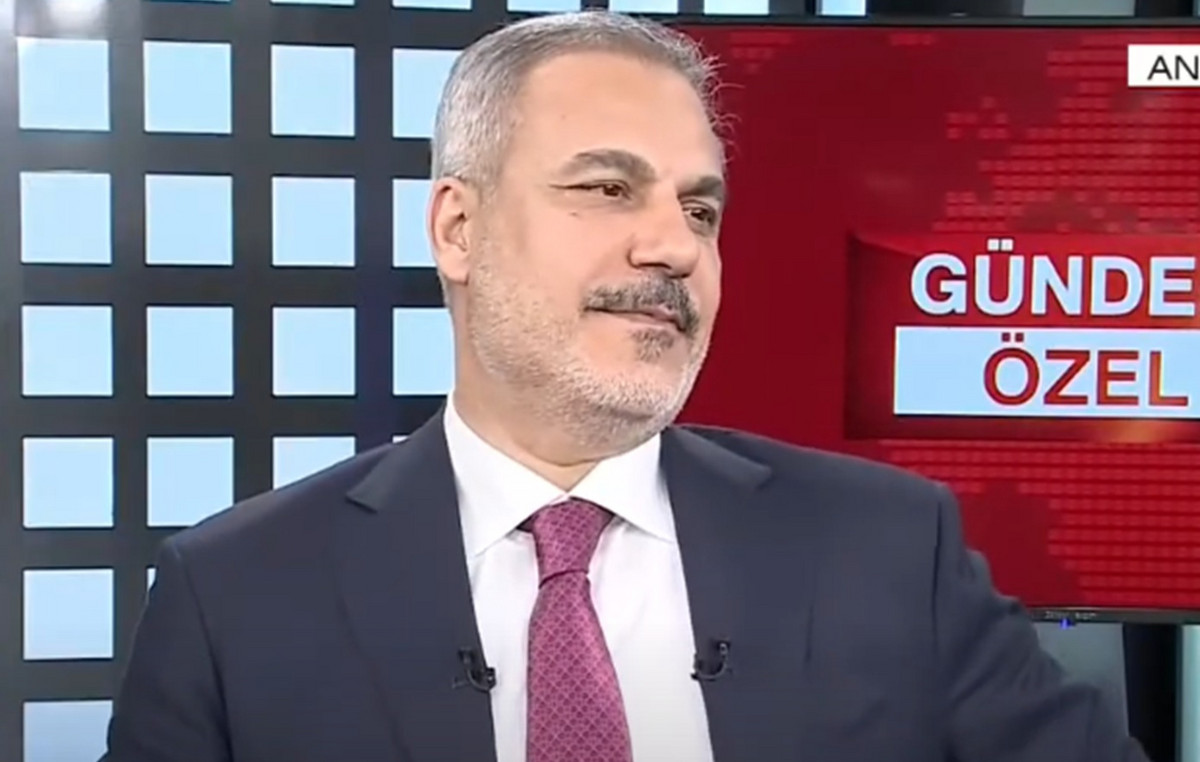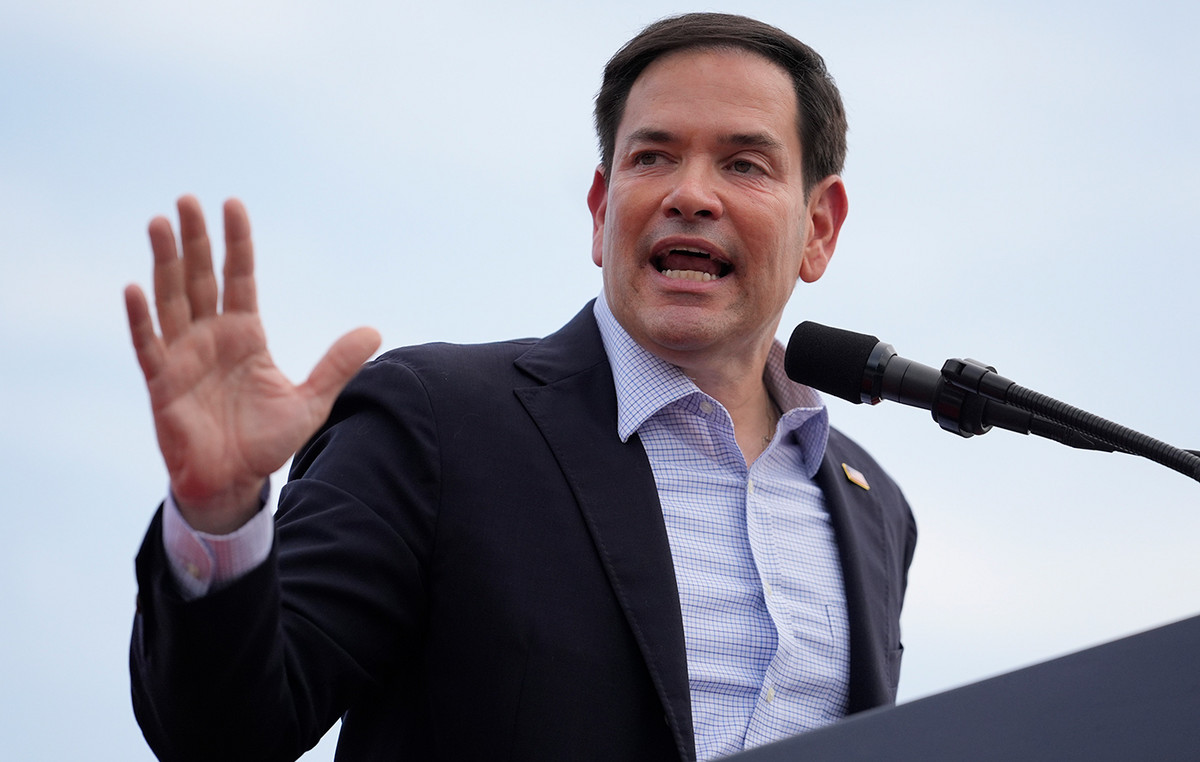- The British Pound bounces from 1.2300 after the sharp rise in UK preliminary services PMI for April.
- Preliminary UK services PMI data surprisingly rose to 54.9 from 53.1
- Two BoE officials are expected to speak as investors look for clues about the outlook for interest rates.
The British Pound (GBP) rebounds from 1.2300 in the early stages of Tuesday's New York session as S&P Global/CIPS released better-than-expected preliminary UK Services PMI data for April. Surprisingly, the services PMI rose to 54.9 from the previous reading of 53.1. Investors expected a slight drop in the services PMI to 53.0 points. The surprisingly contracted preliminary manufacturing PMI remains below the 50.0 mark that separates expansion from contraction, having expanded in March. Manufacturing PMI falls sharply to 48.3 versus expectations and previous reading of 50.3.
The agency reported that lower production levels in the manufacturing sector were often linked to weak market conditions and customer destocking in response to lower demand. In April, the volume of new companies increased in the private sector as a whole. The growth rate was the strongest since May 2023, but the expansion was focused on the service economy as the manufacturing sector saw a moderate decline in the order book.
GBP/USD rebounds as strong services PMI has boosted sterling strength. Additionally, the decline in the US Dollar (USD) has provided some support to the GBP/USD pair. The US Dollar Index (DXY), which tracks the value of the US dollar against six major currencies, drops to 105.70 as S&P Global released weak preliminary PMI data for August. Both the manufacturing and services PMI remain well below consensus.
However, the short-term outlook for the US dollar remains optimistic, due to strong expectations that the Federal Reserve (Fed) will keep interest rates at their current levels for longer. The US Consumer Price Index (CPI) has performed better than expected in the first three months of the year and the country's economic outlook is strong, suggesting that the current interest rate framework is appropriate.
Meanwhile, investors will focus their attention on March underlying Personal Consumption Expenditure Price Index (PCE) data, due out on Friday. The monthly underlying PCE price index is estimated to grow by 0.3%. On an annual basis, core inflation is expected to soften to 2.6% from 2.8% in February.
Daily summary of market movements: British pound soars, US dollar falls
- The British pound rebounds after hitting a five-month low near the 1.2300 round support level on optimism from preliminary UK services PMIs for April. However, its near-term outlook remains uncertain as investors believe the Bank of England (BoE) will begin cutting interest rates before the Fed. Last week, BoE deputy governor Dave Ramsden said that UK inflation will decline faster than expected and return to the 2% target in May.
- Dave Ramsden stated: “In recent months, I have become more confident in the evidence that the risks of persistent domestic inflationary pressures are receding, helped by improving inflation dynamics,” Reuters reported. He added that inflation could prove weaker than the BoE's latest forecasts.
- Ramsden's dovish guidance on the inflation outlook has raised expectations that the BoE will begin cutting interest rates sooner than expected. LSEG (BOEWATCH) is now trading within 28 basis points (bps) of rate cuts in August and 56 bps in December, up from 22 bps and 51 bps, respectively, at Friday's close, Reuters reports.
- Contrary to Ramsden, BoE chief economist Huw Pill stated at Tuesday's session in London that the central bank has a reasonable way to go to convince itself that inflation will sustainably return to the desired rate of 2%. Pill added that the risks are more skewed towards an earlier reduction in interest rates. He further added that investors should not get too excited about the decline in headline inflation.
- Market expectations for the BoE's May policy meeting will be guided by comments from policymakers, as inflation data for the same month will be released after the interest rate decision.
Technical Analysis: Sterling Rebounds Strongly from Five-Month Low Near 1.2300

The British pound hit a new five-month low near 1.2300 on Monday. The GBP/USD pair extends its losing streak for the fourth session on Tuesday, as the breakout of the head and shoulders chart pattern formed on a daily time frame has weakened the near-term outlook.
The bearish 20-day and 50-day EMAs at 1.2525 and 1.2600 respectively indicate that the long-term outlook is bearish.
The 14-period RSI is oscillating in the range of 20.00-40.00, indicating strong bearish momentum.
Pound Sterling FAQ
The British Pound (GBP) is the oldest currency in the world (886 AD) and the official currency of the United Kingdom. It is the fourth most traded currency exchange unit in the world, with 12% of all transactions, representing an average of $630 billion per day, according to 2022 data. Its main trading pairs are GBP/USD , also known as “Cable”, which represents 11% of the FX, the GBP/JPY, or the “Dragon” as it is known to traders (3%), and the EUR/GBP (2%). The British Pound is issued by the Bank of England (BoE).
The most important factor influencing the value of the Pound Sterling is the monetary policy decided by the Bank of England. The BoE bases its decisions on achieving its primary objective of “price stability”, that is, a constant inflation rate of around 2%. Its main tool to achieve this is the adjustment of interest rates. When inflation is too high, the BoE tries to contain it by raising interest rates, which makes access to credit more expensive for individuals and companies. Overall, this is positive for the GBP, as higher interest rates make the UK a more attractive place for global investors to park their money. When inflation falls too much it is a sign that economic growth is slowing. In this scenario, the BoE will consider the possibility of lowering interest rates to make credit cheaper, so that companies borrow more to invest in growth-generating projects.
The data that is published measures the health of the economy and can influence the value of the British pound. Indicators such as GDP, manufacturing and services PMIs, and employment can influence the direction of the pound. A strong economy is good for the pound. Not only does it attract more foreign investment, but it may encourage the BoE to raise interest rates, which will directly strengthen the GBP. Otherwise, if economic data is weak, the British pound is likely to fall.
Another important release for the British Pound is the trade balance. This indicator measures the difference between what a country earns from its exports and what it spends on imports during a given period. If a country produces highly sought-after exports, its currency will benefit exclusively from the additional demand created by foreign buyers wishing to purchase these goods. Therefore, a positive net trade balance strengthens a currency and vice versa for a negative balance.
Source: Fx Street
I am Joshua Winder, a senior-level journalist and editor at World Stock Market. I specialize in covering news related to the stock market and economic trends. With more than 8 years of experience in this field, I have become an expert in financial reporting.







